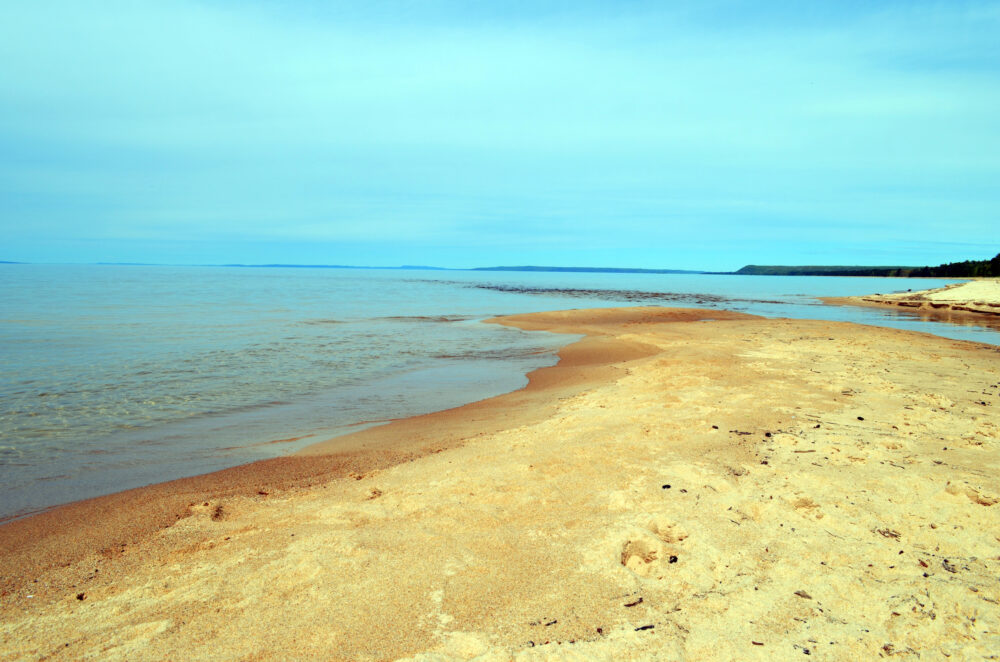We have much more to do and your continued support is needed now more than ever.
Water for Wood Storks
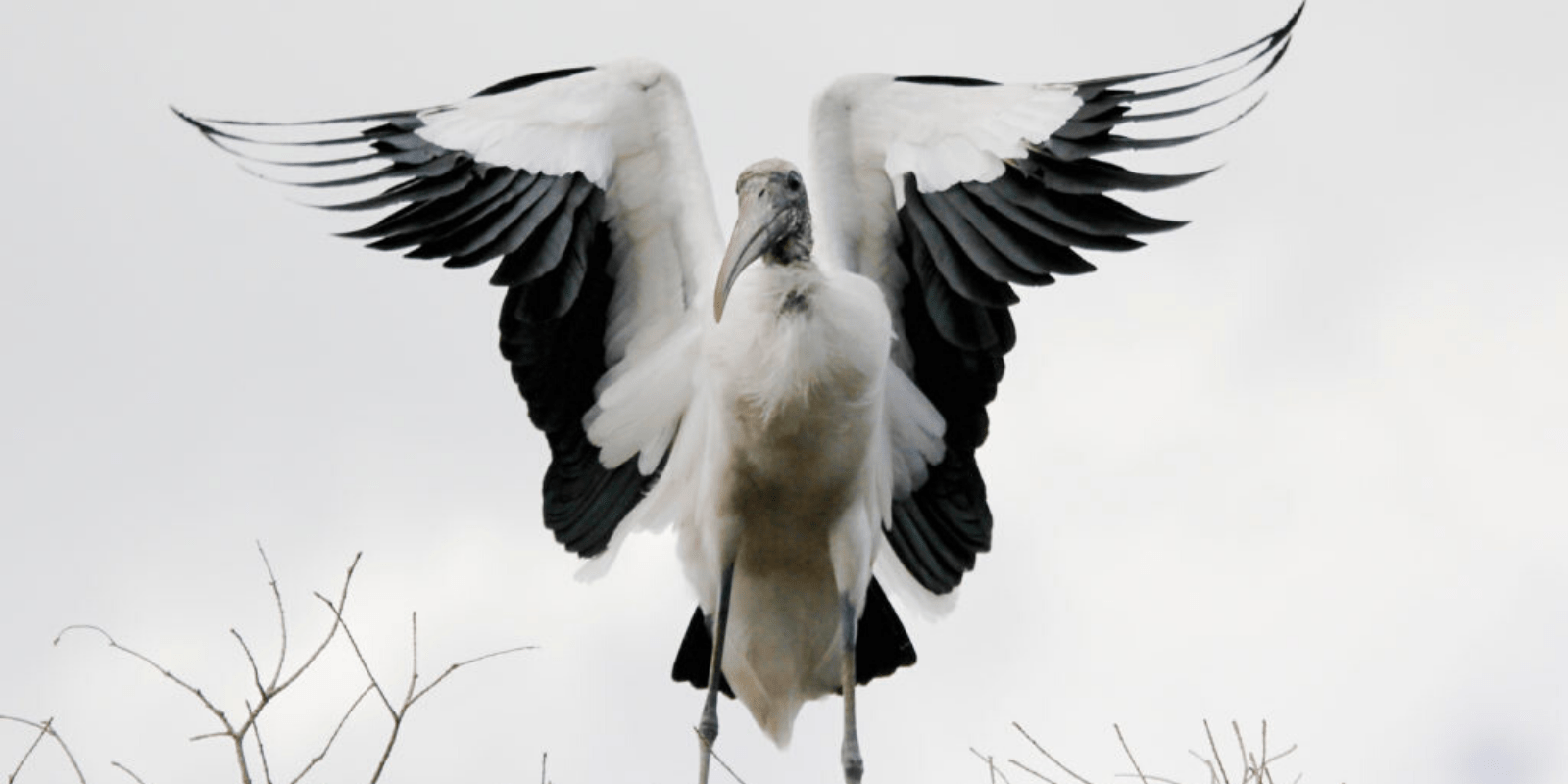
Florida’s wading bird nesting season is about to begin! From December to July, wood storks – as well as roseate spoonbills, egrets, ibis, and herons – flock to South Florida to nest and raise their young.
Wood storks – the only stork species to regularly nest in the United States – are odd looking birds, with bald, dark heads and large, heavy bills. They nest in winter and spring, depending on healthy water levels in Florida’s wetlands. Since the nesting success of wood storks and other wading birds depends so much on when, where, and how water moves in South Florida, they are a great indicator of how far we’ve come towards restoring America’s Everglades.
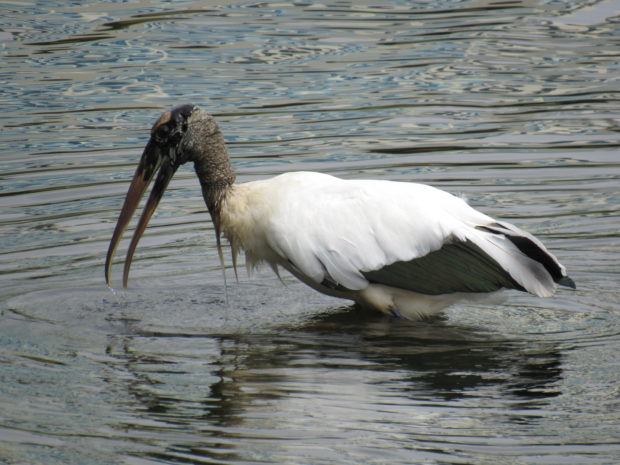
Historically, the Everglades was a mecca for anyone looking to see wood storks and wading birds. In the 1800s, South Florida’s mangroves, wetlands, and cypress tree islands were routinely decorated in pink and white, with birds appearing “in such numbers to actually block out the light from the sun.” However, plume hunting in the late 1800s and a century spent draining Florida’s wetlands have dramatically reduced habitat and caused bird populations to suffer.
The “River of Grass” once covered more than three million acres – slowly flowing from headwaters in the Kissimmee River near the center of the state, all the way south through what is now Everglades National Park and into Florida Bay. Currently, less than half of this ecosystem remains. Lake Okeechobee – the liquid heart of the Everglades – is now cut off from the southern Everglades and Florida Bay. Today, the lake’s now-polluted waters are diverted to the east and west coasts, fueling toxic algae outbreaks both in the lake and delicate coastal estuaries.
As the health and size of the Everglades has declined, so too have wood stork and other wading bird populations. Wood storks in particular are adapted to pre-drainage Everglades water conditions.
Historically, during Florida’s rainy summers, rising water levels would naturally flood wetlands, which allowed fish, crawfish, and other prey species to flourish. During the dry winter season, waters slowly receded, concentrating fish in small pockets of water and providing the perfect hunting grounds for wading birds like wood storks.
The man-made system of canals and water control structures have reengineered the way water flows through South Florida, making it more difficult for wading birds to find fish during the nesting season. As a result, wading birds have moved farther north, abandoning historical nesting sites in the Everglades, which have become too dry to support enough food. Wood storks have started nesting later in the year – sometimes not even nesting at all – because altered water levels don’t provide enough time to raise their young before the summer rains start up again.
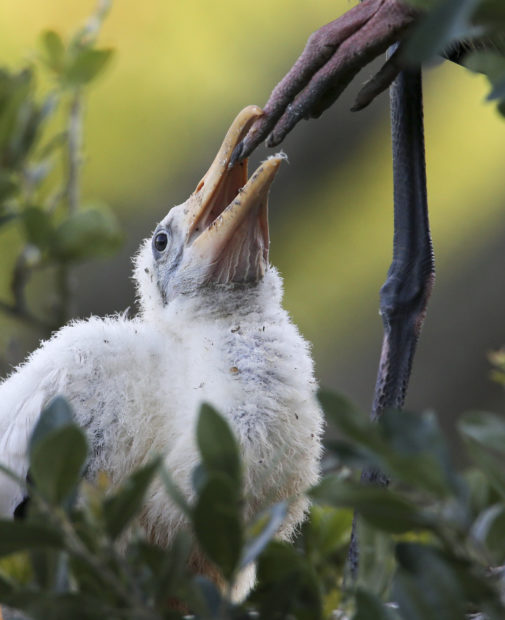
Last year though, perfect water conditions brought on the strongest nesting season in more than 80 years, giving us a glimpse of what restoring America’s Everglades could mean for wading birds.
Heavy rains in 2017 flooded wetlands, exploding fish and other prey populations. Subsequent dry weather caused water to slowly recede, creating ideal conditions for wading birds to pick off prey crowded into pockets of water. Birds flocked to nesting areas they had previously abandoned in the southern Everglades, suggesting that more freshwater reached coastal estuaries in Everglades National Park. Tree islands in the central Everglades were surrounded by enough water to keep predators like raccoons away from nesting birds. The threatened wood stork built nearly 6,000 nests, which is more than twice its 10-year average and the third-highest count since the late 1960s.
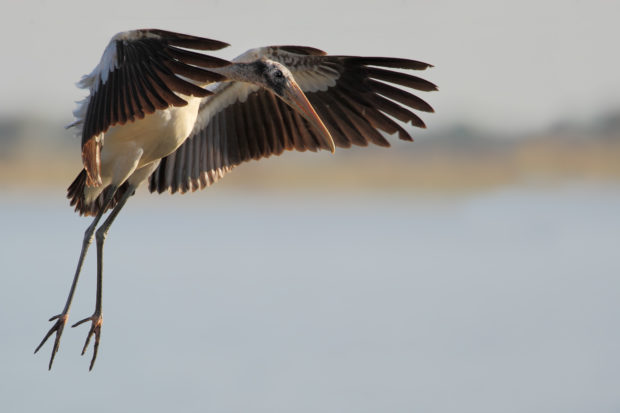
Last year’s nesting bonanza is proof that the Everglades is resilient enough to support large numbers of wading birds – a strong sign that if there’s enough clean water where it historically once was and at the right time of year, wading birds will return and thrive. There are several key projects that, when completed, will help restore a more natural flow of water south from Lake Okeechobee to the national park and Florida Bay.
This year, we have a major opportunity to secure historic funding to restore America’s Everglades and safeguard habitat for the threatened wood stork and other wading birds. The House of Representatives recently passed a bill that invests $200 million for Everglades restoration. Now it’s up to the Senate to pass a bill that makes the same historic investment in the Everglades. Tell your Senator to support investing in America’s Everglades today!
Take Action!




















